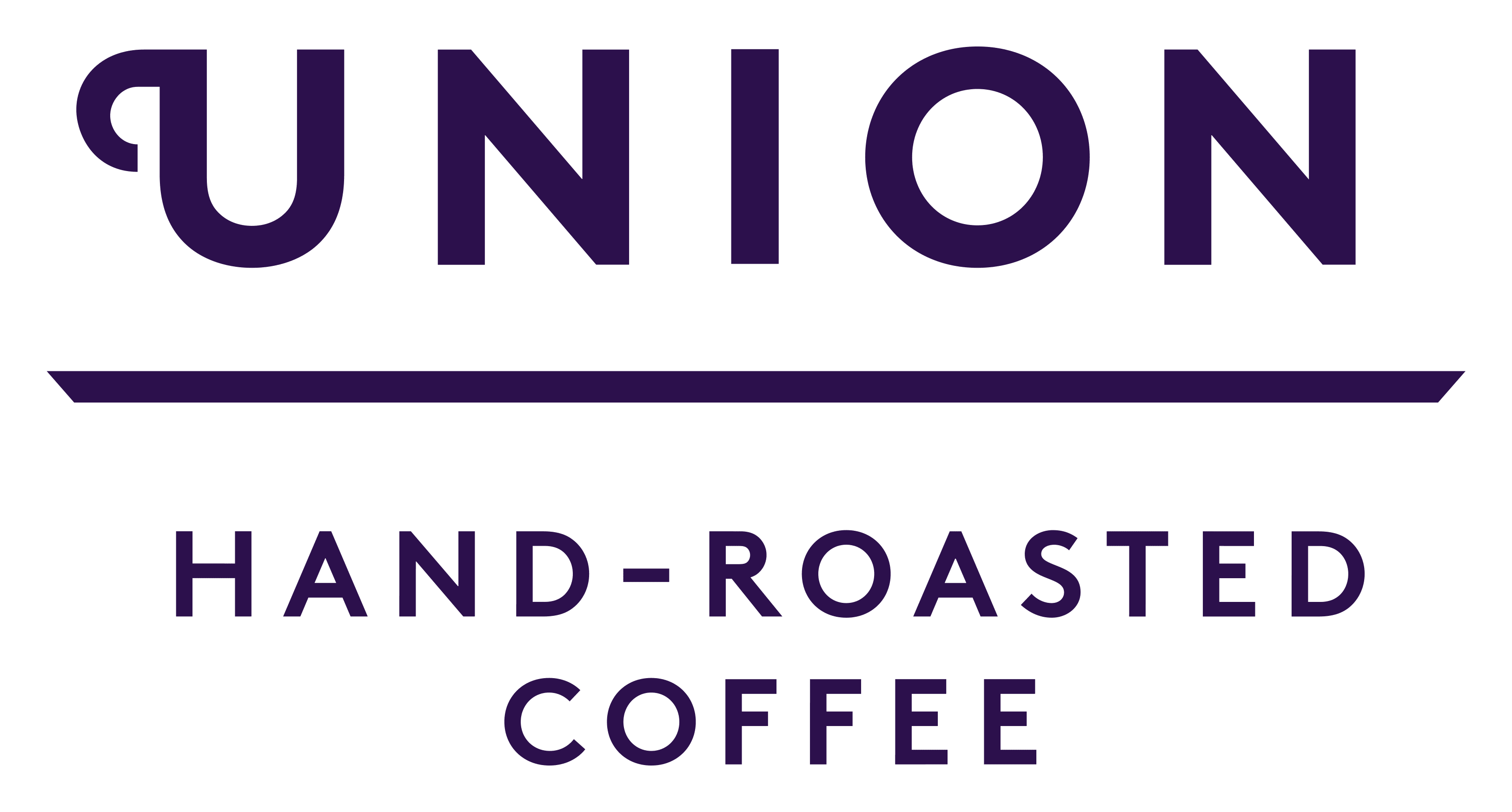As 2024 draws to a close, global coffee prices have surged to record highs, with Arabica beans reaching $3.44 per pound—the highest level since 1977. This significant price increase highlights challenges within the coffee supply chain and paints a complex picture for everyone involved.
What’s Driving the Price Surge?
The rise in coffee prices is driven by several key factors, with climate disruptions in major producing regions like Brazil and Vietnam playing a central role. Severe droughts, frosts, excessive rains, and cold snaps have reduced yields and may affect output for the coming season. Additionally, rising labour and inflation costs—further exacerbated by political instability—have placed additional pressure on prices. Arabica prices, in particular, have increased by over 80% in the past year alone.
The Complex Reality for Producers
At first glance, higher prices might seem like a win for farmers—a long-awaited opportunity to earn more for their crops. However, the reality is far more complex. Sudden price surges and drops create market volatility that can destabilise coffee farmers' livelihoods. In high-price markets, producer organisations require significantly more financing to manage harvests. The market instability makes it challenging for farmers to plan and manage their operations efficiently.
Some of the key challenges producers face include:
- Reduced yield due to extreme weather, limiting their ability to benefit from higher prices.
- Rising input costs for labour, fertilisers, and inflation.
- Unstable currencies in producer countries that can erode income, even when global prices are higher.
What Rising Coffee Prices Mean for the Future
For many years, coffee prices have often been unsustainably low, sometimes even falling below the cost of production. While today’s price surge presents challenges, it also highlights the need for a more sustainable approach for the coffee industry:
- Stabilising the market and rebuilding global coffee stocks.
- Ensuring fairer pricing models that benefit smallholder producers.
- Investing in climate resilience and improving farmer livelihoods.
- Fostering long-term investments in coffee communities building a more resilient coffee industry.
- Encouraging consumer awareness and responsible consumption.
What Does This Mean for Coffee Lovers?
While we at Union are working hard to absorb costs where possible, the reality is that today’s price levels are unsustainable for roasters, farmers, and the wider industry without some price adjustments. Ensuring we continue to source the highest-quality coffee—while also supporting the livelihoods of those who grow it—requires a collective understanding of the challenges we face. We remain committed to working directly with our farmer partners, fostering long-term relationships that prioritise fair prices, quality, and sustainability.
Looking Ahead
The rising tide of coffee prices is challenging, but it also offers a valuable lesson: our daily brew is more than just a commodity; our coffee is created by dedication, resilience, and care. By recognising the true value of coffee—beyond its price tag—we can help foster an industry that is equitable and resilient for all involved—producers, roasters, and coffee lovers.
Violeta Stevens
Managing Director


